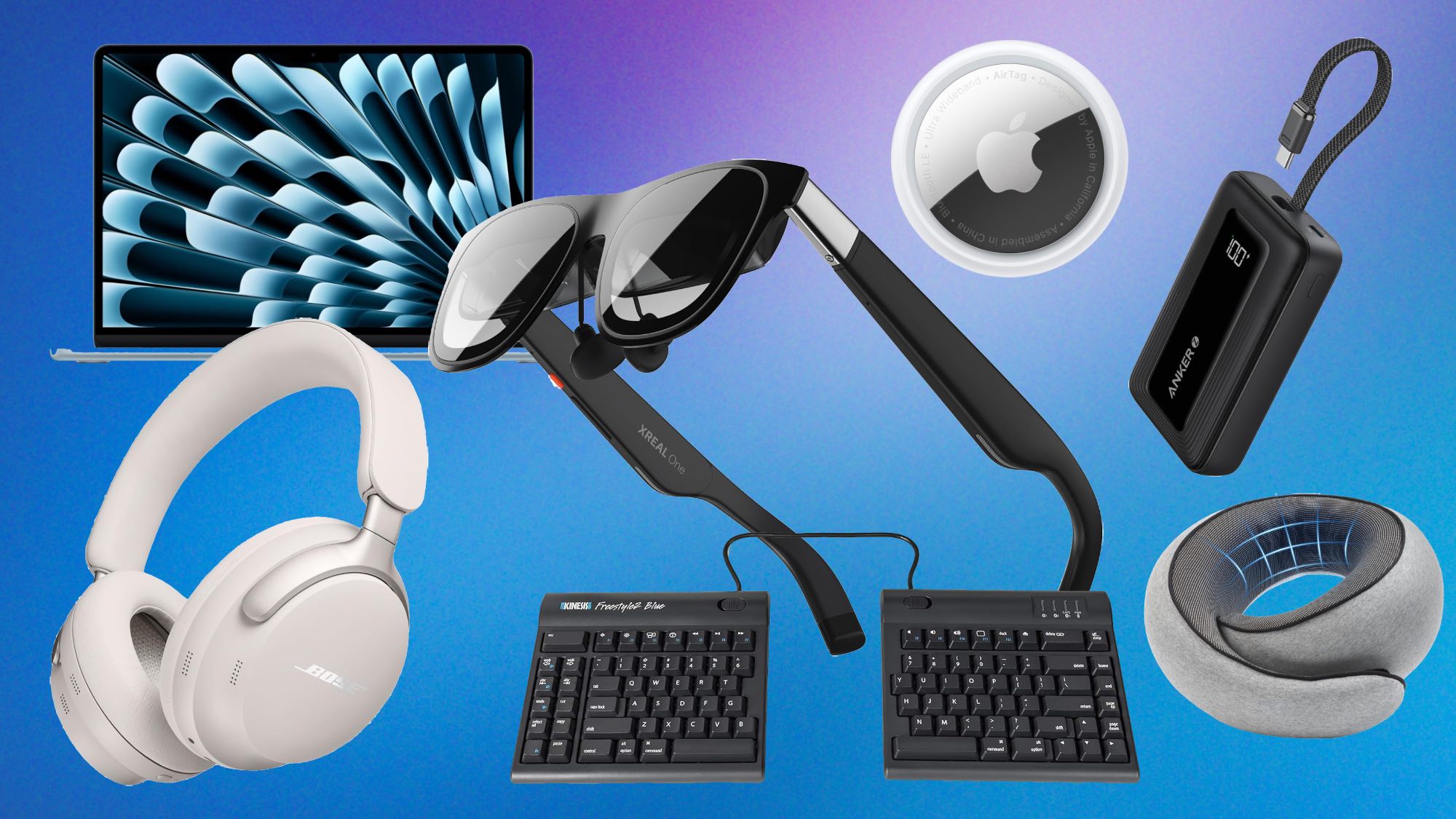ARM Unveils 5G-Ready Processors for Phones and Laptops
ARM unveiled new mobile processors aimed at high-end smartphones and laptops that will hit the market next year.
SAN FRANCSICO – The first 5G phones are expected to start arriving next year, and when they do, chip maker ARM wants to be ready.

ARM announced new processors today (May 31) – the Cortex-A76 CPU, the Mali-G76 GPU and the Mali-V76 video processing unit – targeting premium mobile devices and laptops. And while they promise to deliver the usual boost to performance and efficiency once they start appearing in devices launching in 2019, a lot of the enhancements seem to be made with an eye toward 5G.
The new 5G network standard, which will bring faster speeds and lower latency to mobile devices, is expected to start rolling out later this year, with wider deployment happening in earnest next year. And according to Rene Haas, president of ARM’s IP products group, 5G’s promised benefits will require better performance and longer battery life from the processors powering 5G-ready devices. That’s where ARM has been making investments, which are on display in these new processors.
MORE: The Truth About 5G: What's Coming (and What's Not) This Year
“We’re believing that this product line will find its way into 5G handsets,” Haas said during today’s launch event.
Specifically, ARM’s new Cortex-A76 CPU promises what Haas described as laptop performance in a smartphone experience. Compared to the current Cortex-A75, the new processor should deliver a 35 percent boost in performance while increasing battery efficiency by 40 percent.
The performance gains should be even greater in laptops, where ARM is promising a 2X improvement over current performance. (Credit the larger thermal areas in laptops for the bigger gain over phones, as that allows those machines to run peak loads for a longer period of time.)
Get instant access to breaking news, the hottest reviews, great deals and helpful tips.

The newly unveiled Mali-A76 GPU should boost mobile gaming performance by 1.5X over current devices, according to ARM. The extra gaming headroom should allow app makers to bring more high-end gaming experiences to mobile devices. Rahul Prasad, a product manager for Google’s Daydream VR and AR efforts, said the new GPU delivered console-quality graphics – and mobile users will be able to play for longer thanks to improved energy efficiency.
MORE: iPhone X and iPhone 8 Are World's Fastest Phones (It's Not Even ...
As for the Mali-V76 VPU, it’s capable of decoding 8K video at 60 frames per second, or supporting four 4K streams at 60fps. That’s more than enough to handle the demands of streaming video, and it should support the growing demand for high-resolution virtual and augmented reality applications.
That last point is of particular interest to the hardware and software makers appearing at ARM’s launch event. Google’s Prasad noted that VR and AR require not only increasing levels of graphics fidelity but greater power efficiency, too, so any graphics and video processor that can support those demands will be welcome additions to the mobile world.
But ARM’s latest processors aren’t just aimed at smartphones. They’re also being built with laptops in mind, particularly the always-connected, Windows 10-powered notebooks that promise LTE connectivity and all-day battery life. “We think these ARM based PCS are going to be the choice of people in the future,” said Matt Barlow, Microsoft’s corporate vice president for modern life and devices. “And when 5G comes along, holy cow.
Philip Michaels is a Managing Editor at Tom's Guide. He's been covering personal technology since 1999 and was in the building when Steve Jobs showed off the iPhone for the first time. He's been evaluating smartphones since that first iPhone debuted in 2007, and he's been following phone carriers and smartphone plans since 2015. He has strong opinions about Apple, the Oakland Athletics, old movies and proper butchery techniques. Follow him at @PhilipMichaels.

